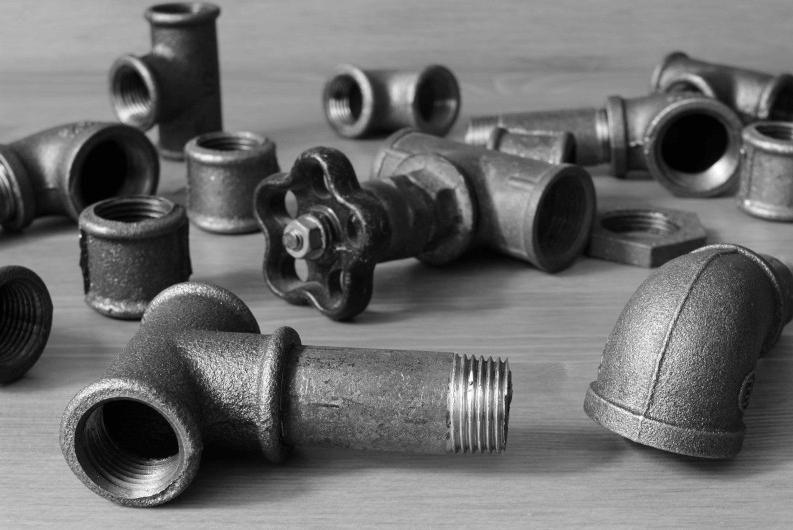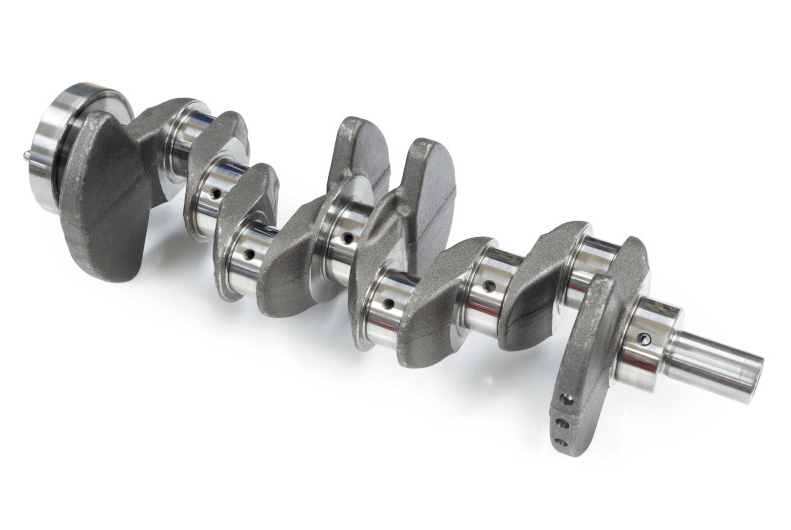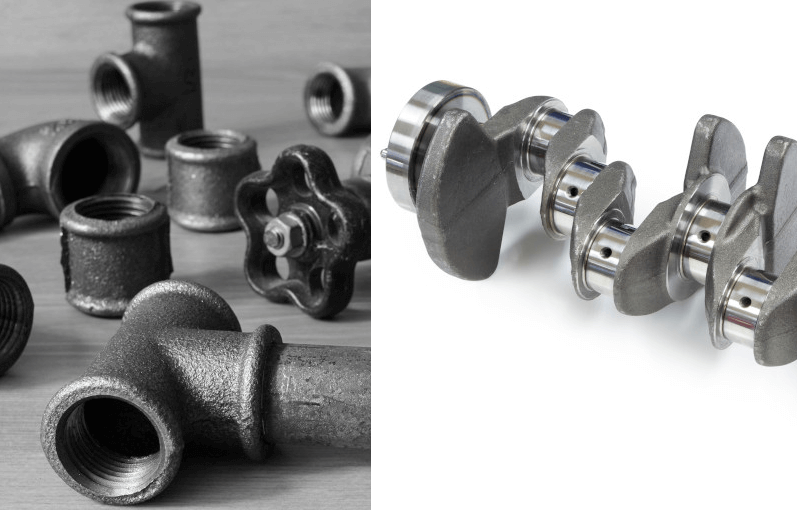Cast Iron and Steel Basics and Their Applications
Steel and cast iron are both common metals, but their uses are very different. The key factor that distinguishes the two is how much carbon they each contain, and to a lesser extent, silicon. While this may seem like a subtle distinction, it has a significant impact on the properties and uses of cast iron and steel. This article explains the unique features of cast iron and steel to help you decide which metal is the right choice for your next casting project.
1.Cast Iron: Advantages and Uses
Like steel, cast iron is an iron-based alloy. However, to be considered cast iron, the metal must have a carbon content of 2-4% and a silicon content of 1-3% by weight. This chemical nature gives cast iron many useful properties:
① Compressive Strength
Cast iron has very high strength when subjected to compressive forces.
② Castability
Cast iron has a lower melting and casting temperature, better fluidity, and less shrinkage, making it cheaper and easier to cast than steel.
③ Machinability
Softer cast irons, such as gray cast iron, are generally very easy to machine quickly and accurately.
④Hardness
Compared to other “low-cost metals”, cast iron has a high hardness.
⑤Cost
One of the most attractive features of cast iron is that it offers a variety of excellent properties at a low cost.
Cast iron can actually be further subdivided into gray iron, white iron, ductile iron, and malleable cast iron. Each type focuses on improving certain characteristics for specific uses, such as white iron has a higher hardness. The uses of cast iron are very wide, but here are some notable applications:
- Cast iron frying pans and other cookware
- Automobile engine blocks, brake discs, and many other parts
- Residential fence gates, decorative lamp posts, fireplace elements, and other furniture
- Valves, fittings, and manhole covers in water supply and sewer applications
- Chains, gears, shafts, connecting rods, etc.

2.Steel: Advantages and Uses
Similar to cast iron, steel is an iron-based alloy that comes in several different categories. All steels contain a certain amount of carbon, up to 2% by weight, and can be classified as carbon steel or alloy steel. They can be further subdivided into low carbon steel, stainless steel, tool steel, micro-alloy steel, etc. While these materials can offer many additional benefits, such as the high strength and corrosion resistance of stainless steel, this article will focus on cast steel alloys as defined by ASTM A148. Since cast steel is more expensive than cast iron, its main advantages over cast iron are:
① Tensile Strength
Depending on the alloy used, cast steel can have a much higher tensile strength than cast iron.
② Toughness/Ductility
Under high stress, steel can be deformed (temporarily or permanently) without breaking. While this may mean less stiffness in some applications, it reduces the likelihood of cracking and means better impact performance.
③ Weldability
Depending on the alloy used, steel has good weldability, while cast iron is difficult to weld without cracking.
While steel products can be forged, rolled, and cast, some of the main applications for cast steel include:
- Railcar wheels, frames, and bolsters
- Mining machinery, construction equipment, and heavy trucks
- Heavy-duty pumps, valves, and fittings
- Turbochargers, engine blocks, and other automotive parts
- Turbines and other components in power station assemblies

3.Machining of Cast Iron and Steel Products
Cast iron is certainly easier and cheaper to machine than cast steel, but the machinability of different alloys varies greatly, even within the same group of alloys. So if you are designing a product that requires a long machining operation, you may want to examine the available alloys for one that is more machinable.
But even if you are limited to machining more difficult materials, an experienced, world-class machine shop can reduce cast iron and steel machining time, thereby saving machining costs. Xavier offers fast, reliable cast iron and steel machining services for a wide range of materials and product types.
